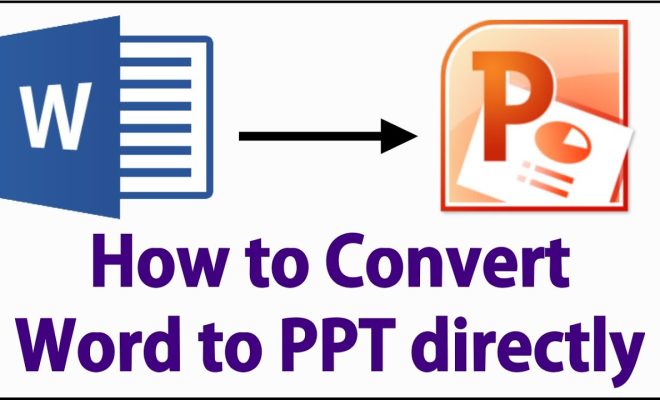How to Sleep at Work: 12 Steps

In today’s fast-paced world, getting enough sleep is crucial for maintaining a healthy and productive lifestyle. However, sometimes our personal and professional lives can get in the way of a good night’s rest. In those situations, sneaking in a power nap at work can help rejuvenate your mind and body. Here are 12 steps to successfully catch some z’s on the job.
1. Assess your workplace culture: Before attempting to sleep at work, it is essential to determine whether it is acceptable within your company’s culture or not. Observe how your colleagues feel about napping during breaks or lunch hours.
2. Find a suitable location: Scout your workplace for a quiet, comfortable, and preferably private space to take a nap without distractions or interruptions. This could be an unused conference room, your office chair, or even your car in the parking lot.
3. Use props: Bring a neck pillow or small blanket to make yourself comfortable while napping. Also, consider using an eye mask and earplugs if your sleeping environment isn’t dark or quiet enough.
4. Plan your nap time: Schedule your power naps during breaks or lunch hours to avoid interfering with your work duties.
5. Limit nap duration: Keep your power nap between 10-20 minutes to avoid feeling groggy afterward. Long naps might disrupt your sleep cycle and interfere with nighttime rest.
6. Set an alarm: Avoid oversleeping by setting an alarm on your phone or smartwatch.
7. Create a routine: Establish a consistent napping schedule at work by taking power naps around the same time every day. This will help train your body to fall asleep quickly in this brief window of time.
8. Eat light before napping: Consuming heavy meals may make you feel sluggish and interfere with the quality of your nap, so opt for light snacks instead.
9. Stay hydrated: Drink plenty of water throughout the day to maintain adequate hydration levels, which can promote more restorative sleep.
10. Utilize relaxation techniques: Practice deep breathing or progressive muscle relaxation to mentally prepare for napping and help your body transition to a state of rest.
11. Communicate with your colleagues: Inform your coworkers about your napping routine so they are aware and can help minimize disturbances during nap time.
12. Assess the benefits: Keep track of how power naps affect your productivity, mood, and energy levels at work. If you notice positive results, continue incorporating them into your daily routine.
In conclusion, napping at work can prove to be beneficial for improving focus, mood, and overall wellbeing—if done right. Follow these steps to successfully integrate power naps into your work routine and optimize your professional performance.






